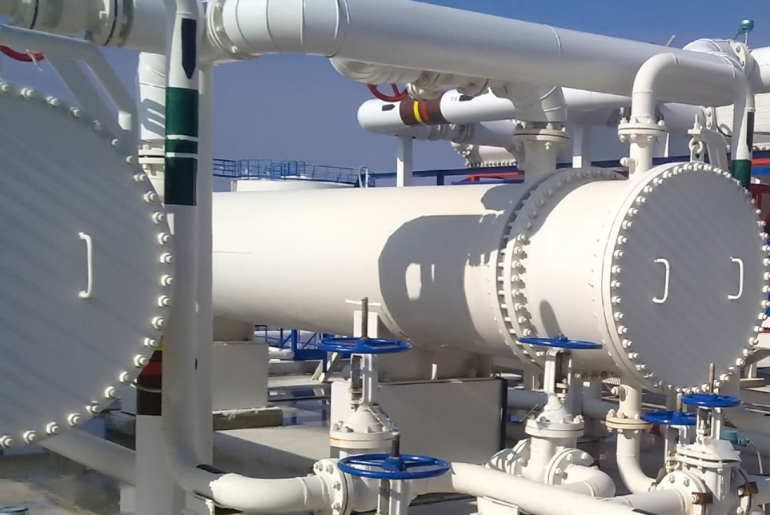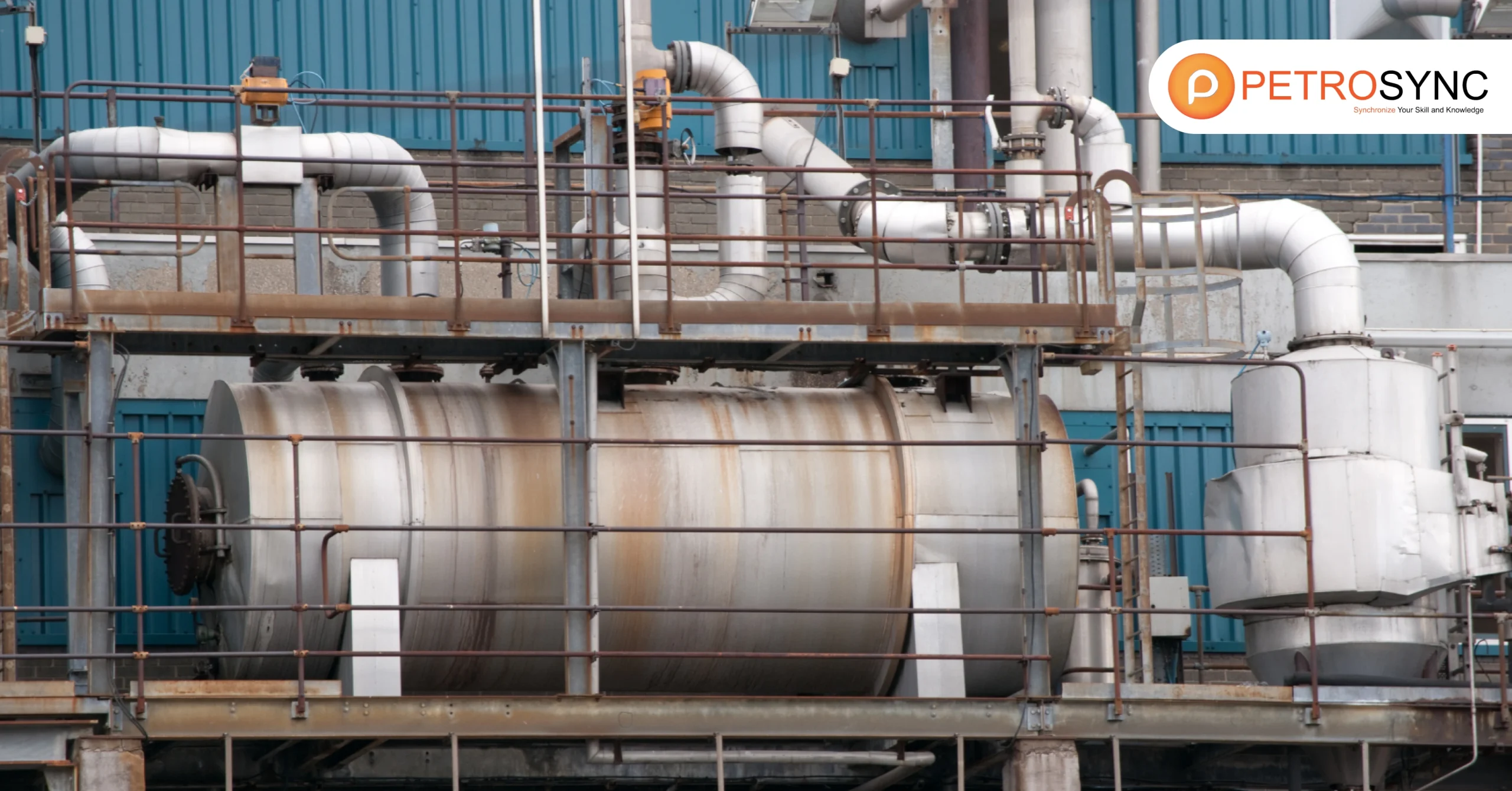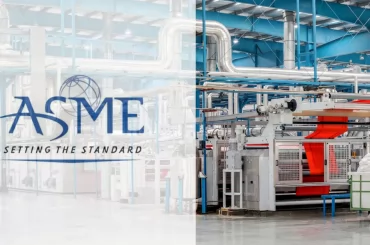Uncover the detailed steps involved in the Pressure Vessel Design Process, spanning from conceptualization to construction, within this thorough guide. Gain knowledge about the essential stages, industry perspectives, and expert advice crucial for successfully designing and constructing vessels.
What Is Pressure Vessel Design?
Pressure vessel design refers to the process of creating structures capable of safely containing fluids or gases under high pressure. Engineers meticulously plan and construct these vessels, ensuring they adhere to specific standards and guidelines. The goal is to guarantee the vessels can withstand the internal pressure they will encounter during their intended use.
In essence, pressure vessels are secure containers designed to hold high-pressure fluids or gases without leaking. They typically have a cylindrical or spherical shape and come with various head configurations to ensure tight containment.
What Is The Standard for Pressure Vessel Design?
The standard for designing pressure vessels is set by the ASME codes. These codes provide guidelines for the design, construction, maintenance, and inspection of pressure vessels, ensuring they meet safety and performance requirements. The ASME codes, including VIII-1 for vessels, establish rules and formula methods to be followed for effective and compliant pressure vessel design.
1. ASME Section VIII-1 for Vessels, Towers, and Exchangers
ASME Code Section VIII, Division 1, is a standard specifically addressing the design and construction of pressure vessels, towers, and heat exchangers. This code provides guidelines on how to safely design, build, and inspect these types of equipment to ensure their reliability and safety under various conditions.
2. ASME Section I and IV for Boilers and Hot Water Heaters
ASME Code Sections I and IV cover the design, construction, and maintenance of boilers and water heaters. Section I focuses on the rules for power boilers, ensuring their safe operation, while Section IV addresses heating boilers, emphasizing safety and efficiency standards for hot water heating systems.
3. ASME B31.1, B31.3, and B31.5 for Piping Systems
ASME B31 codes are specifically tailored for different types of piping systems.
- ASME B31.1: Addresses power piping systems, providing guidelines for design, construction, and maintenance in power plants and industrial facilities.
- ASME B31.3: Focuses on process piping systems, covering the design, construction, and maintenance of pipelines in various industries, ensuring safety and reliability.
- B31.5: Pertains to refrigeration piping systems, offering standards for designing, constructing, and maintaining piping in refrigeration applications.
ASME B31.3 is also applied to many fittings, where ASME B31.3, which primarily addresses process piping systems, is extended to cover many fittings as well. This inclusion ensures that the design and use of fittings, such as elbows, tees, and valves, align with the standards set by B31.3, maintaining consistency and safety in the overall piping system.
How Do I Design Pressure Vessels?
To size a pressure vessel, a design engineer typically needs the fundamental information listed below.
| Steps | Explanation |
| 1. Vessel Function | Understand the purpose of the pressure vessel, whether it’s for storage, mixing, or another specific function. |
| 2. Process Materials and Services | Gather information on the materials and services the vessel will handle, considering factors like corrosion and deposits. |
| 3. Operating Conditions | Determine the temperature and pressure conditions the vessel will operate under during its intended use. |
| 4. Materials of Construction | Identify the suitable materials for constructing the vessel based on compatibility with process materials and operating conditions. |
| 5. Dimensions and Orientation | Specify the dimensions and orientation of the pressure vessel, taking into account space constraints and practical considerations. |
| 6. Type of Vessel Heads | Decide on the type of vessel heads to be used, considering factors like hemispherical, elliptical, or flanged and dished heads. |
| 7. Openings and Connections | Define the necessary openings and connections required for the vessel, such as manholes, nozzles, and instrument connections. |
| 8. Heating/Cooling Requirements | Determine if the vessel requires heating or cooling, and incorporate the necessary provisions into the design. |
| 9. Agitation Requirements | Consider any agitation requirements, such as mixing or stirring, and design the vessel to accommodate these needs. |
| 10. Specification of Internal Fittings | Specify the internal fittings required for the vessel, including trays, internals, or other components essential for its function. |
After collecting the initial information, the design of the pressure vessel can begin by adhering to the established procedures in BPVC Section VIII. This section offers detailed guidance, broken down into subsections and appendices, providing a systematic method for establishing overall design needs, fabrication details, and material specifications to appropriately size the pressure vessel.
What Is The Most Common Design of Pressure Vessel?
The most common design for pressure vessels is the cylindrical shape with two heads, commonly known as a “cylinder with heads” or “cylinder with end caps.” This design, known for its versatility, is widely used because of its practicality and cost-effectiveness compared to spherical vessels. Despite being more economical, cylindrical vessels are generally weaker than spherical ones, often necessitating thicker walls to achieve an equivalent strength under the same internal pressure.
Comprehending the details of pressure vessel design holds great importance for a design engineer. As these engineers work on crafting structures to securely contain substances under high pressure, having a thorough understanding of vessel shapes, materials, and construction methods is crucial.
The choice between cylindrical and spherical designs, considering aspects like cost, strength, and practicality, significantly influences the performance and safety of pressure vessels. Therefore, for a design engineer, having expertise in pressure vessel design ensures the ability to make informed decisions, enhance efficiency, and prioritize safety across various industrial applications.
To deepen your knowledge of pressure vessel design, consider participating in specialized training programs by PetroSync. You can enhance your understanding by enrolling in courses like ASME B31.3 training, ASME Section VIII Div. 1 and 2 training, and ASME Section I training.
Our courses offer valuable insights into the complexities of pressure vessel design, helping you gain the expertise required for success as a design engineer. Strengthen your skills, improve decision-making, and stay updated on industry best practices. Invest in your professional growth today and unlock advanced proficiency in pressure vessel design.
Credit header image: iStock

SEO specialist by day, fact-checker by night. An avid reader and content writer dedicated to delivering accurate and engaging articles through research and credible sources.







